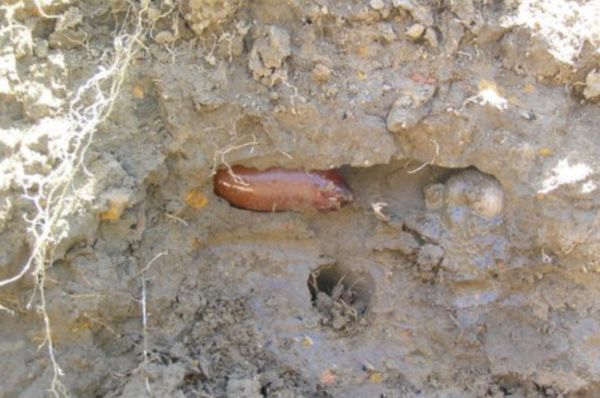

We would have less food, more pollution, and more flooding. Arguably without earthworms in our soils, life could vanish pretty quickly. This has made them the pariahs of the animal world.Įarthworms make it possible for us to live on the planet, simply by eating and pooping, and ploughing up, ventilating and fertilising the soil along the way. Nearly half of all known animals on Earth are parasites, Wood says, and according to one study, a tenth of them may already be doomed to extinction in the next 50 years due to climate change, loss of their hosts, and deliberate attempts at eradication. The Oregon giant earthworm (Driloleirus macelfreshi) is one of the largest earthworms found in North America, growing to more than three feet (0.91 m) in length…. This involves undertaking appropriate revegetation and providing support for on- ground works such as deer control and fencing where required.Worms breathe through their skin, aided by the layer of mucus that they secrete. work with landowners to ensure that habitats of Giant Gippsland Earthworm and burrowing crayfish are protected on rural properties.This involves undertaking appropriate revegetation and providing support for on-ground works such as deer control and fencing where required. investigate the potential of eDNA to assist in identifying different species of burrowing crayfish in the field and.It builds on an earlier Federal Government project “ Building Capability To Manage GGE Habitat On Farms ”. Victorian Government’s Biodiversity Response Planning Project (BRP) In 2018, a partnership project between DELWP Gippsland, Federation University, Gippsland Water, Latrobe Catchment Landcare Network, and South Gippsland Landcare Network was awarded a Grant under the State Government’s Biodiversity Response Planning Project (BRP) to promote the conservation of four species of threatened invertebrates found in the western end of the Strzelecki Ranges. Working together and managing farms in ways that protect GGE habitat will help ensure that GGEs continue to survive and thrive. This is imperative for threatened species such as the Giant Gippsland Earthworm, where the farmers of South and West Gippsland are the custodians of the majority of its habitat. Farmers As Custodians It’s not just national parks and nature reserves that are important for protecting our threatened plants and animals farmland also plays a role in biodiversity conservation. When David Attenborough visited Gippsland in 2005 to film the Giant Gippsland Earthworm for a BBC series, he was fascinated with the gurgling sounds it makes.


 0 kommentar(er)
0 kommentar(er)
